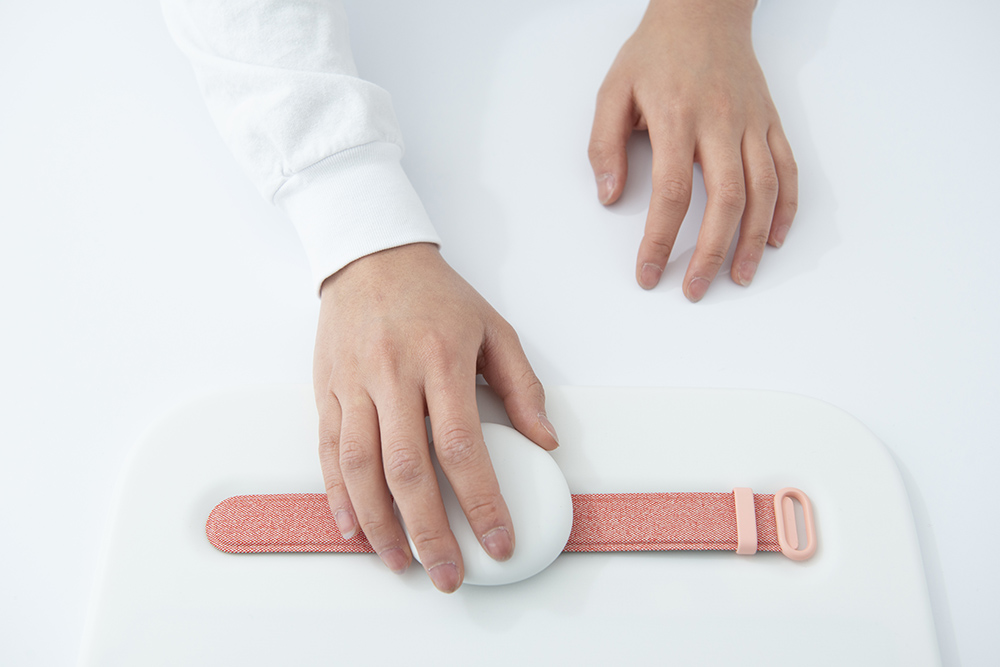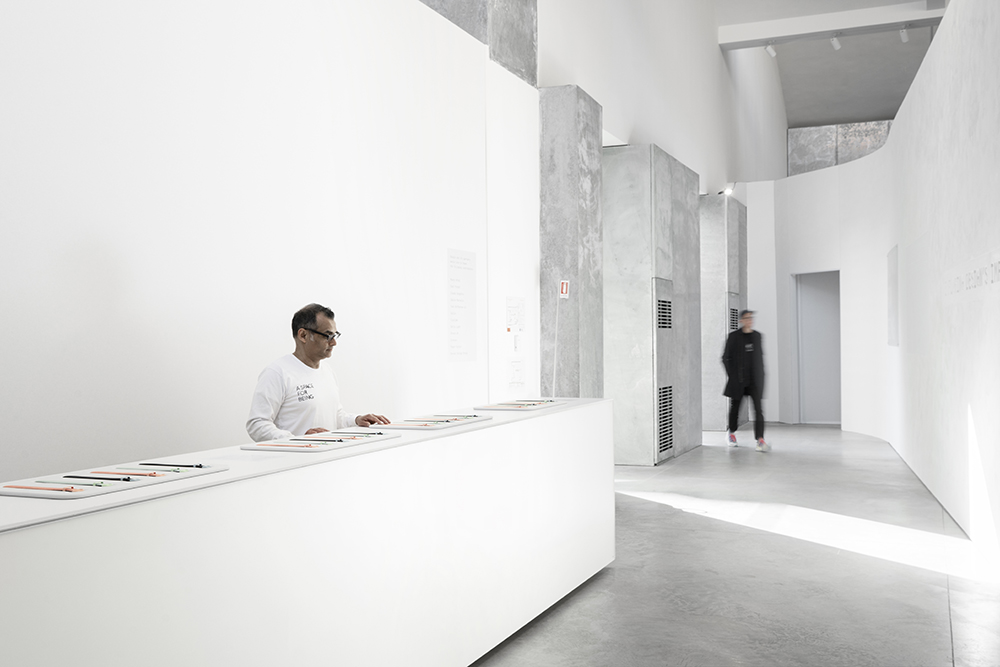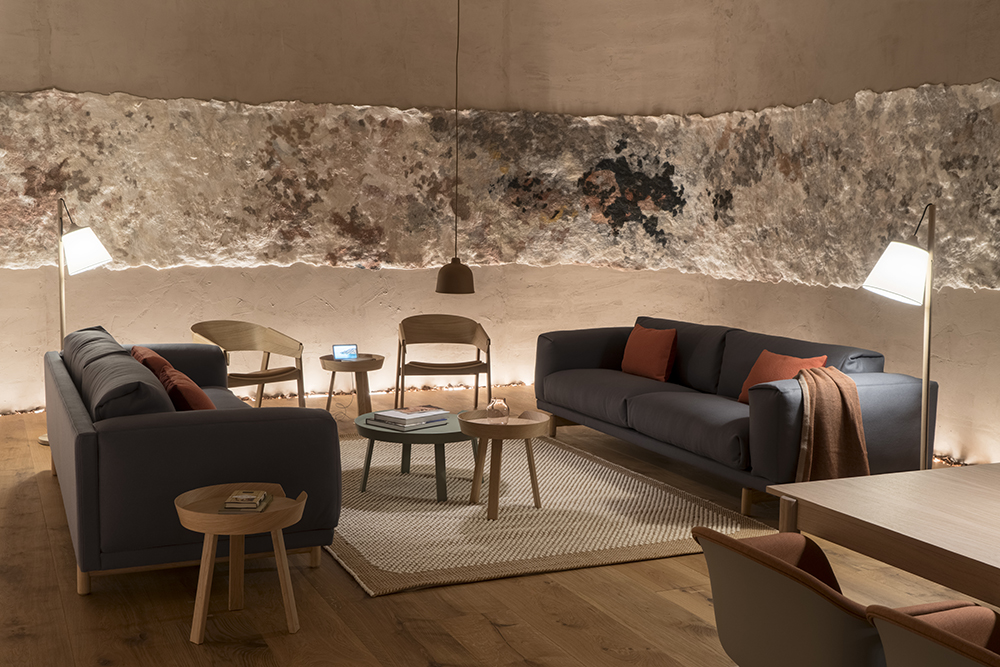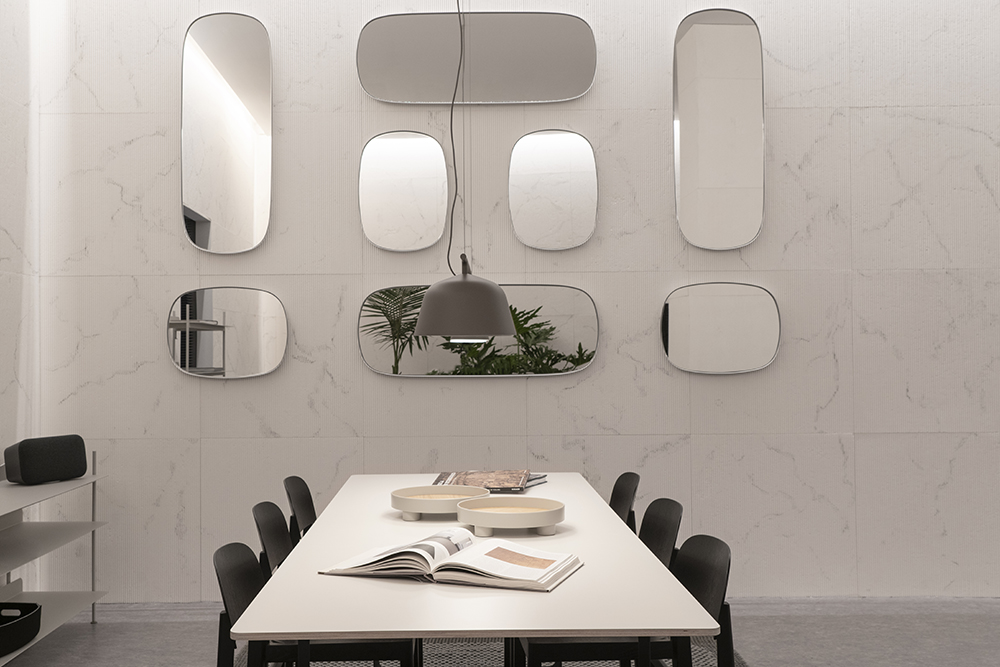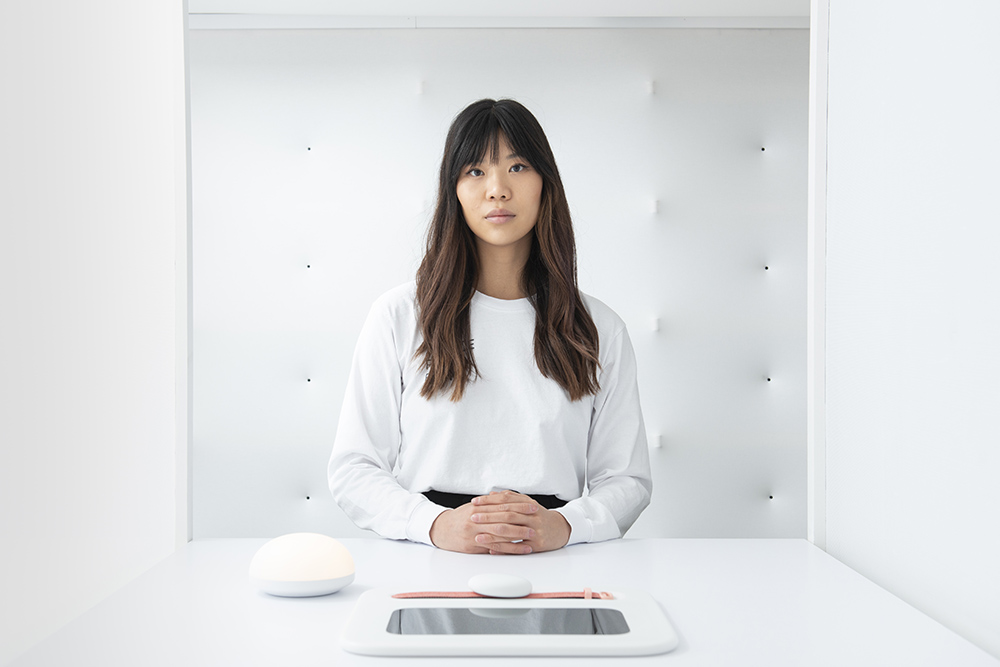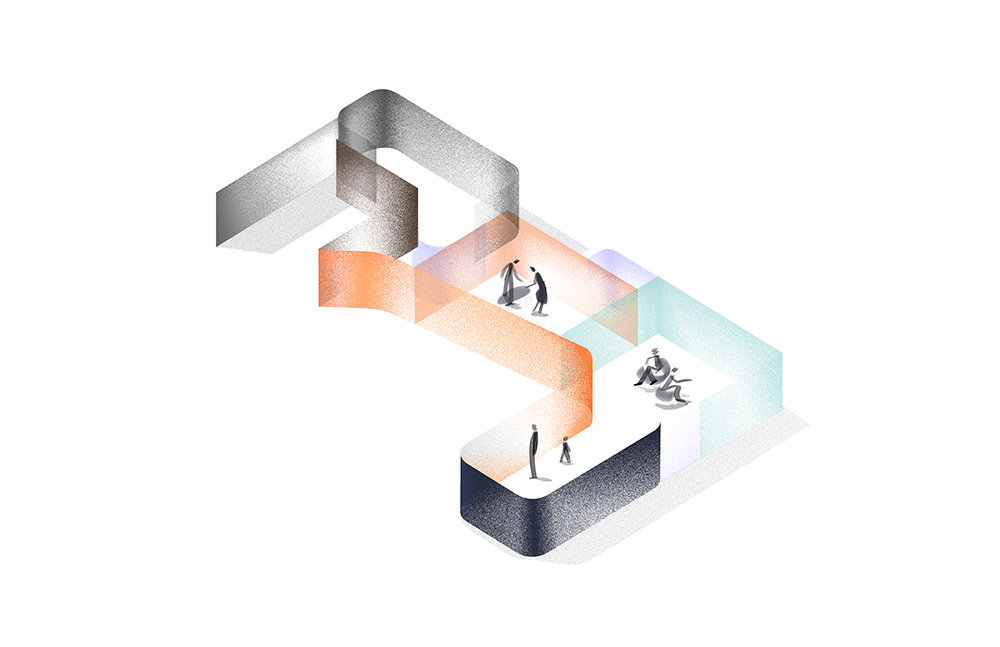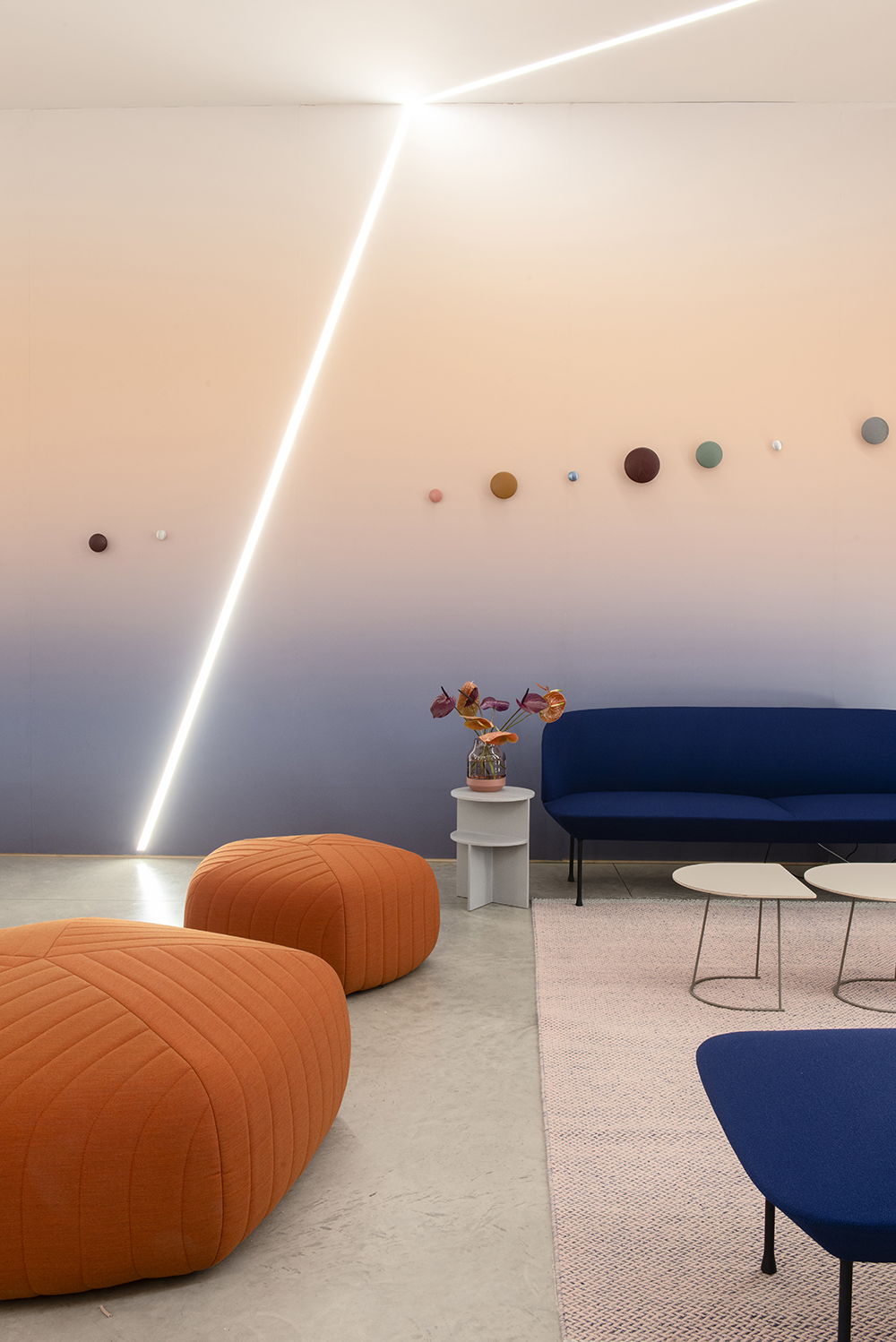This past week in Milan during Salone del Mobile while designers were showing off their latest furnishings, Google was putting on its own exhibition. Following up on last year’s Softwear exhibition, in which the company teamed up with Li Edelkoort to envision a more comfortable, integrated hardware future, this year the tech giant built out three rooms in the Spazio Maiocchi for a show called A Space for Being.
A Space for Being explored the ways qualitative senses could be understood with quantitative metrics. Google collaborated with Susan Magsamen of the International Arts + Mind Lab at Johns Hopkins University’s Brain Science Institute to develop a design installation that explored the possibilities of neuroaesthetics, or the brain’s and body’s responses to the aesthetic world.

Visitors lined up around the block to be adorned with a wristband that collected biometric data while they explored the rooms’ various furnishings, colors, lights, music, scents, and textiles by Google’s Ivy Ross, Muuto’s Christian Grosen, and Reddymade’s Suchi Reddy.
At the end of their walkthroughs, attendees were given synopses of their bodies’ responses to the various spaces, helping them see in which context they were most at ease. While this kind of data-driven neuroaesthetic approach is still in its nascent stages, one could imagine a future when data-driven design becomes more normal, especially in settings like healthcare. Even for those who might balk at the idea of collecting this kind of information to create something so subjective as an interior, the results show that design has a profound impact on us, our biology, and our wellbeing.
For more on the latest in AEC technology and for information about the upcoming TECH+ conference, visit techplusexpo.com/nyc/.
